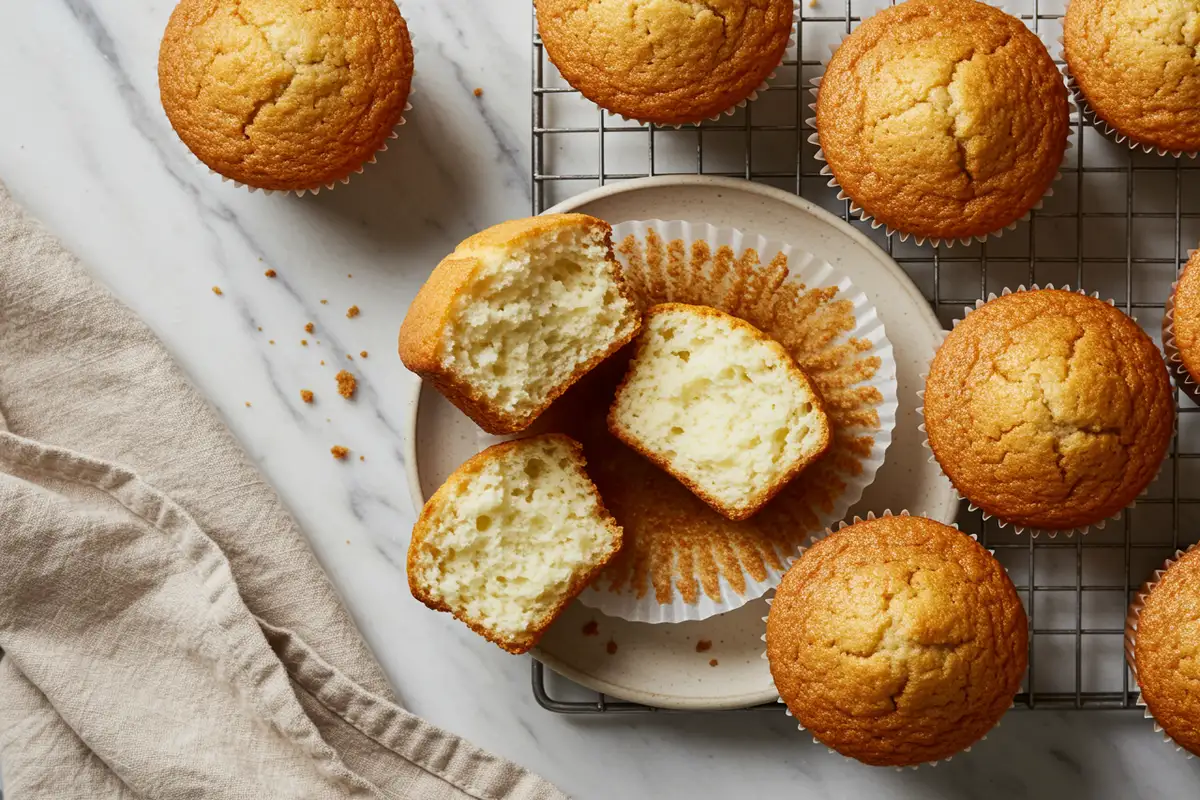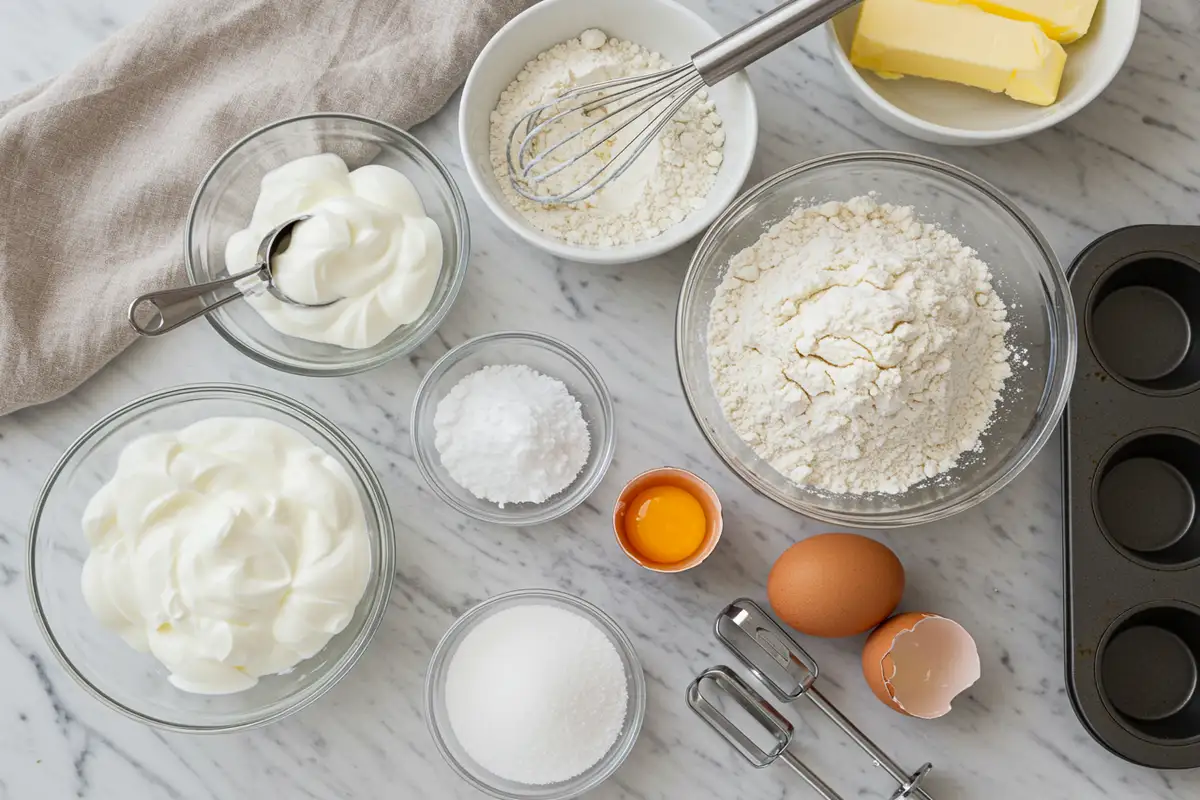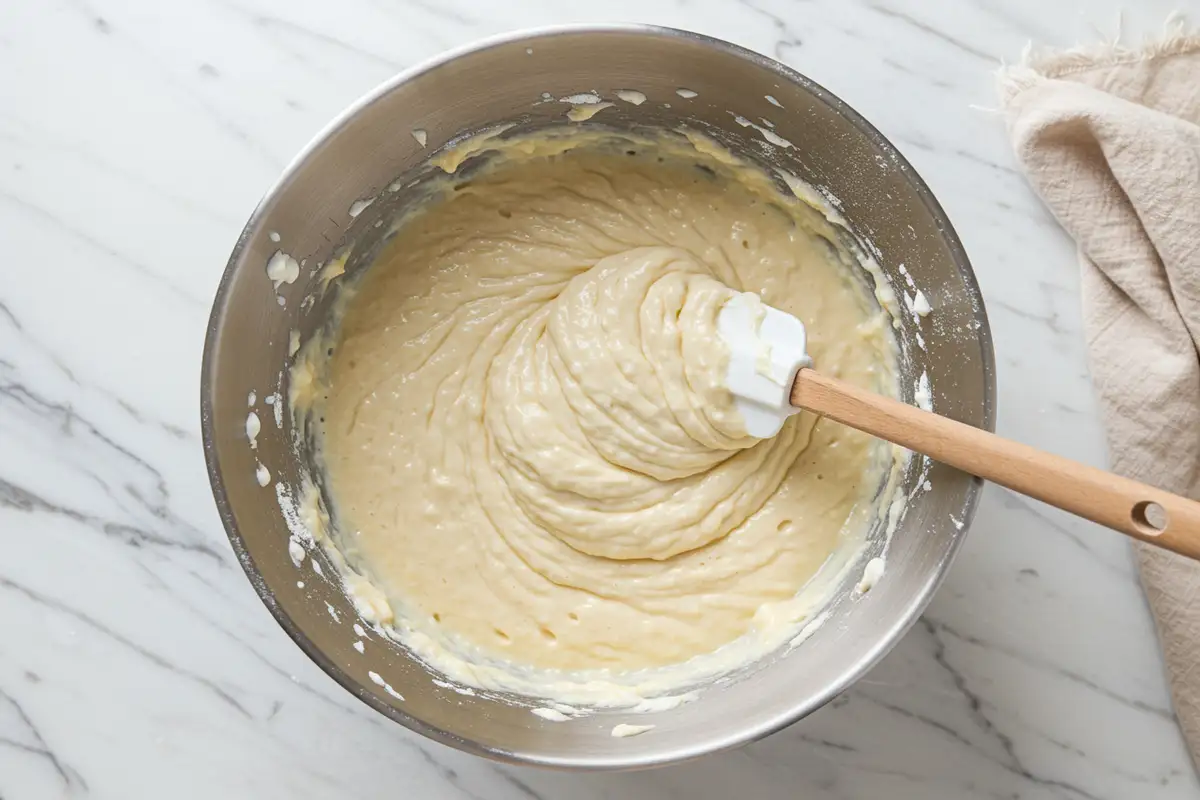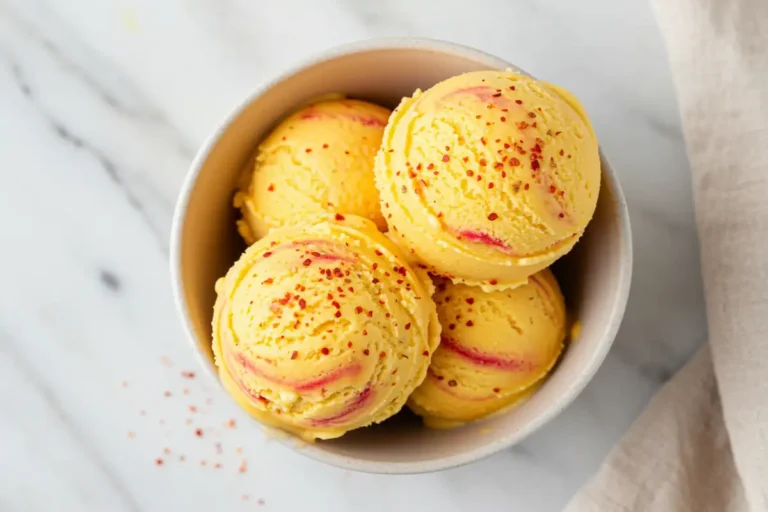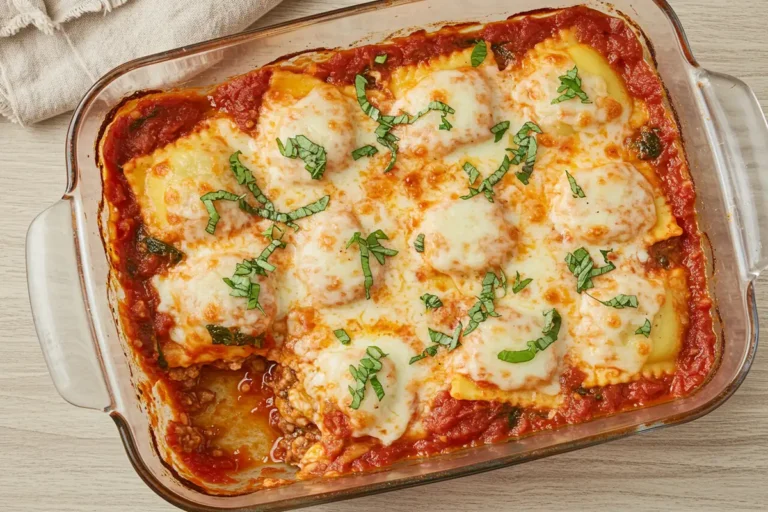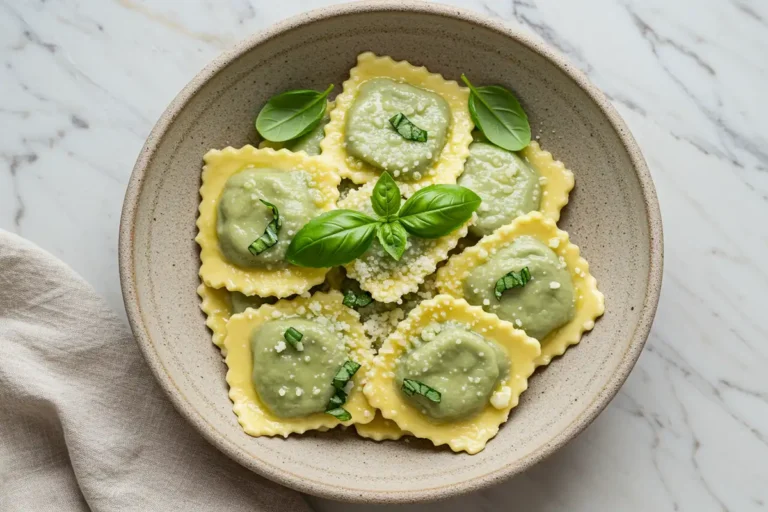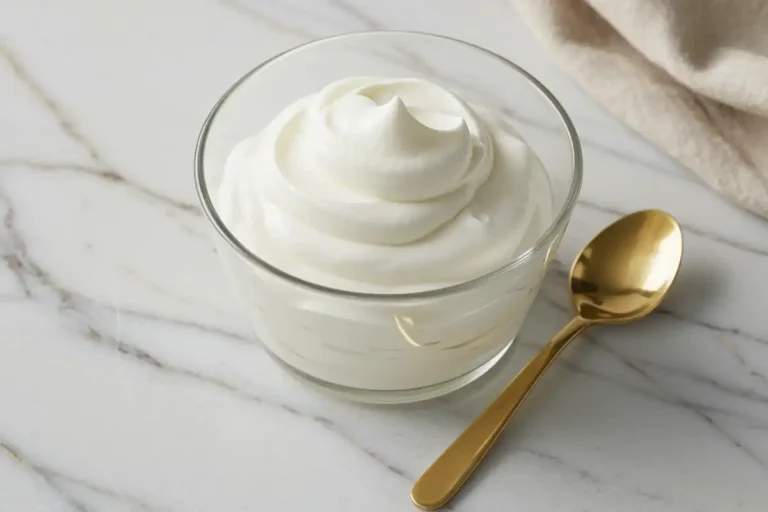Tired of dry cakes or crumbly muffins ruining your baking mojo? Yeah, me too. Sometimes even my tried-and-true recipes come out a little… sad. But guess what? I’ve got a not-so-secret weapon hiding in my fridge that’s a total game-changer: baking with Greek yogurt. Seriously, this stuff is like magic for adding moisture and tenderness without any fuss. If you’re aiming for that perfectly tender crumb, learning how to use yogurt might just be the trick you need to finally understand how to make cake moist and fluffy every single time. It’s simpler than you think, promise!
What’s the Big Deal with Greek Yogurt in Baking?
So, why Greek yogurt specifically? Unlike regular yogurt, it’s strained, meaning it’s thicker, tangier, and packed with protein. In baking, that acidity works wonders – it tenderizes gluten (hello, soft crumb!), reacts with baking soda for extra lift, and adds a subtle tang that balances sweetness beautifully. It’s not just about moisture; it’s about better texture and flavor. I was skeptical at first, thinking it might make things heavy, but mamma mia, was I wrong! It’s become my go-to greek yogurt substitution for richer ingredients. I picked up some great insights on the science behind it from a deep dive on Seriouseats about the versatile ways of baking with yogurt, and it really clicked.
Why This Swap Works Wonders (Especially for Busy Cooks!)
Let’s be real: we need baking hacks that deliver without adding extra steps. That’s the beauty of baking with Greek yogurt. It’s one simple swap that delivers big on the benefits of baking with greek yogurt. Think richer flavor, unbelievably moist texture, and often a little protein boost (which makes me feel slightly better about that second slice of cake!). It’s fantastic in everything from muffins and quick breads to cakes and even some cookies. I’ve found it’s especially great for adapting recipes to be a touch lighter without sacrificing that decadent feel – something even my picky eaters haven’t complained about! Plus, it works like a charm in so many different baked goods, kind of like how a solid technique works across many of my top-rated bread recipes.
Tips for Baking Success with Greek Yogurt
Alright, ready to give baking with yogurt a whirl? It’s pretty straightforward, but here are a few things I’ve learned along the way (sometimes the hard way, involving slightly-too-tangy muffins and a glass of Pinot Grigio).
Key Pointers:
- Bring it to Room Temp: Just like eggs and butter, room temperature Greek yogurt incorporates much more smoothly into your batter. Cold yogurt can cause seizing, especially with melted butter. Just pull it out of the fridge about 30 minutes before you start mixing.
- Fat Content Matters: Full-fat (usually 5%) or low-fat (2%) Greek yogurt generally yields the best results, providing richness and moisture. Fat-free can sometimes work, but the texture might be slightly less tender or rich. Experiment and see what you prefer! I usually reach for the 5% Fage or Stonyfield Organic when I’m at the store.
- Don’t Overmix: Once you add the yogurt (especially with flour), mix just until combined. Overmixing develops gluten, which can counteract yogurt’s tenderizing effect and make things tough. Keep it gentle! This is key for achieving that perfect texture in my fluffy Greek yogurt pancakes.
- Consider the Tang: Greek yogurt adds a pleasant tang. Usually, it balances sweetness beautifully, but if you’re sensitive to it or using it in a delicately flavored recipe, start with a smaller substitution amount.
Easy Substitution Guide
Wondering how to actually make the swap? Here are some common guidelines for substituting greek yogurt in baking:
- For Sour Cream or Crème Fraîche: Substitute Greek yogurt 1:1. This is the easiest and most common swap! It works beautifully in cakes, muffins, and quick breads. It’s my go-to for my easy and tender Greek yogurt biscuits.
- For Buttermilk: You can often substitute Greek yogurt for buttermilk using a 1:1 ratio, but because Greek yogurt is much thicker, you may need to thin it slightly with milk or water to match the original liquid volume. Whisk about 3/4 cup Greek yogurt with 1/4 cup milk for every 1 cup of buttermilk called for. Adjust consistency as needed.
- For Oil or Butter: This is trickier and depends on the recipe. You can sometimes replace part of the oil or butter with Greek yogurt, usually up to half. For example, if a recipe calls for 1 cup of oil, try using 1/2 cup oil and 1/2 cup Greek yogurt. This works best in muffins and cakes where the fat is mainly for moisture. Don’t replace all the fat, as it’s crucial for texture and flavor!
- For Regular Yogurt: Substitute Greek yogurt 1:1 for plain regular yogurt. Expect a slightly thicker batter and potentially a tangier result.
Remember, greek yogurt substitution isn’t always an exact science. Sometimes you need to tweak slightly based on the specific recipe!
Best Ways to Use Greek Yogurt in Your Baking
Okay, where does this magic ingredient really shine? Honestly, almost anywhere you want moisture and a tender crumb! Think:
- Cakes & Cupcakes: Adds incredible moisture and a soft texture. It’s the star in my favorite moist Greek yogurt cake recipe.
- Muffins & Quick Breads: Keeps them from drying out and adds a lovely richness (banana bread, zucchini bread, blueberry muffins – you name it!).
- Pancakes & Waffles: Makes them fluffy and slightly tangy. Hello, weekend brunch!
- Scones & Biscuits: Creates a tender, slightly richer crumb compared to just using milk or buttermilk.
- Even Frostings & Glazes: A little Greek yogurt can add tang and creaminess to frostings, or try making a simple whipped Greek yogurt topping for a healthier alternative.
Pro Tips & Troubleshooting
A couple more nuggets of wisdom from my kitchen to yours:
Pro Tips for the Best Results:
- Whisk Before Measuring: Give your Greek yogurt a good stir in its container before measuring. Sometimes liquid separates on top (that’s whey!), and you want it all incorporated for consistent results.
- Plain is Usually Best: Unless the recipe specifically calls for flavored yogurt, stick with plain. Vanilla might work in some sweet recipes, but fruit flavors can get weird and add extra sugar you didn’t account for. Yogurt baking is generally most predictable with plain varieties.
- Consider Acidity: Remember Greek yogurt is acidic. If you’re adapting a recipe that doesn’t call for an acidic ingredient but uses baking soda, the yogurt might provide enough acidity to activate it. If the original recipe used baking powder, you’re usually fine sticking with it.
Common Issues & Fixes:
- Too Dense? You might have used too much yogurt, didn’t use enough leavening (baking soda/powder), or overmixed the batter.
- Too Tangy? You might be sensitive to the flavor, or the yogurt was particularly tangy. Try using slightly less next time or ensuring your recipe has enough sweetness to balance it. Full-fat yogurt often tastes less tangy than fat-free.
Frequently Asked Questions
Got questions? I get it! Here are some common ones I hear about baking with Greek yogurt:
1. Why bake with Greek yogurt?
It’s fantastic for using greek yogurt for moisture! It adds incredible tenderness, richness, and a subtle tang thanks to its acidity and protein content. It often lightens up recipes compared to using all butter or oil, without sacrificing texture.
2. How do you substitute Greek yogurt for sour cream in baking?
Easy peasy! Use a 1:1 ratio. If your recipe calls for 1 cup of sour cream, simply use 1 cup of plain Greek yogurt. This is one of the most reliable greek yogurt substitution methods.
3. Can you bake with flavored Greek yogurt?
Generally, it’s best to stick with plain Greek yogurt for baking unless a recipe specifically calls for flavored. Flavored yogurts add extra sugar and flavorings that can clash with your recipe or alter the texture. Vanilla can sometimes work in sweet applications, but use caution!
4. Does Greek yogurt make cakes moist?
Absolutely! This is one of the main benefits of baking with greek yogurt. Its moisture content, fat (if using low-fat or full-fat), and acidity all contribute to a tender, moist crumb in cakes and other baked goods. My moist Greek yogurt cake recipe is proof!
5. What are the best greek yogurt baking recipes?
Oh, so many! Greek yogurt shines in cakes, cupcakes, muffins, quick breads (like banana or zucchini), pancakes, waffles, scones, and biscuits. It’s super versatile!
Final Thoughts: Get Baking!
So there you have it – your crash course in baking with Greek yogurt! It’s such a simple swap that can seriously level up your home baking game, turning out moist, tender goodies every time. Don’t be afraid to experiment a little; that’s half the fun of being in the kitchen, right? Grab that container of yogurt and give it a try in your next batch of muffins or that weekend cake.
Let me know how it goes! Share your favorite ways to use Greek yogurt in baking or any genius tips you discover in the comments below. I love hearing about your kitchen adventures! Maybe you’ll discover it pairs perfectly with a dollop of that healthy whipped Greek yogurt topping too! Buon appetito!

